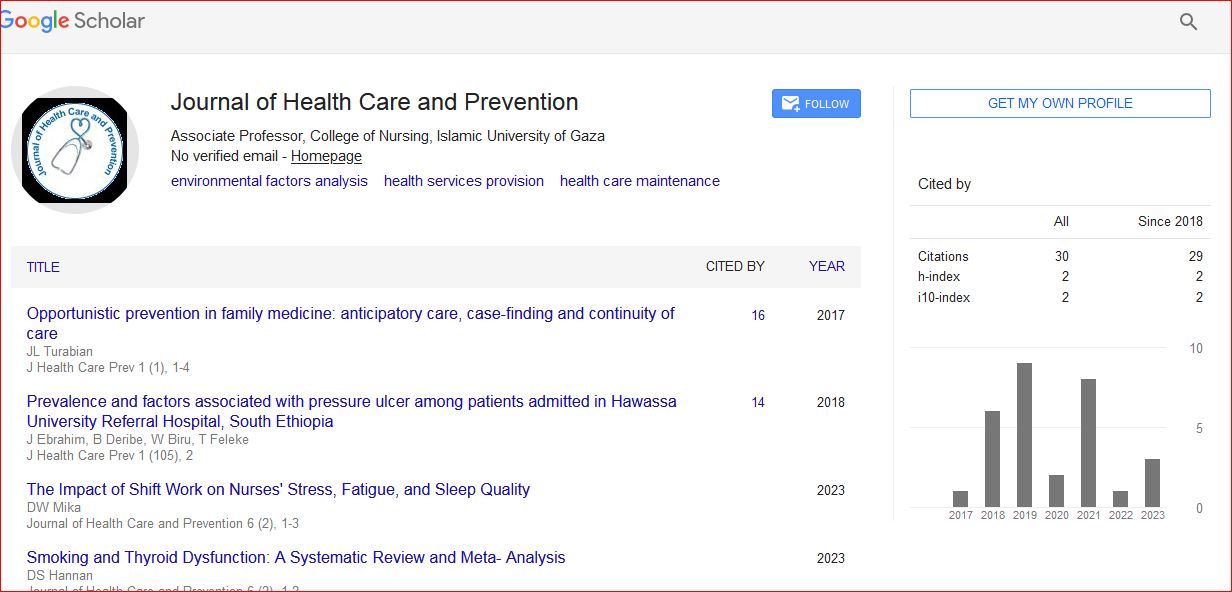Tunisian population quality of life: a general analysis using SF-36
Abstract
Background: The SF-36 is the instrument for measuring the health relatedquality of life (HRQOL) of patients in many clinical and national studies to describe the health status of populations, by obtaining comparable data on health status internationally. Aims: This study aimed to obtain population norms for the Tunisian version of SF-36 and to assess the association between socio HRQOL scores with the demographic characteristics of the Tunisian population. Methods: Face-to-face interviews for a cross-sectional study were carried out in 2005 to collect socio demographic and environmental variables as well as self-reported quality of life. A representative sample of 6543 aged between 35 and 70 years old were selected. Results: All scores had a high level of internal consistency reliability coefficient. HRQOL score levels were associated with sociodemographic characteristics and a decrease as age increased. The averages of the physical and mental component summary were 53+/-8 for males and 47.7+/-10 for females. Conclusions: This study was the first to address the general Tunisian population. This study shed light on factors associated with HRQOL in the Tunisian context.

 Spanish
Spanish  Chinese
Chinese  Russian
Russian  German
German  French
French  Japanese
Japanese  Portuguese
Portuguese  Hindi
Hindi 
